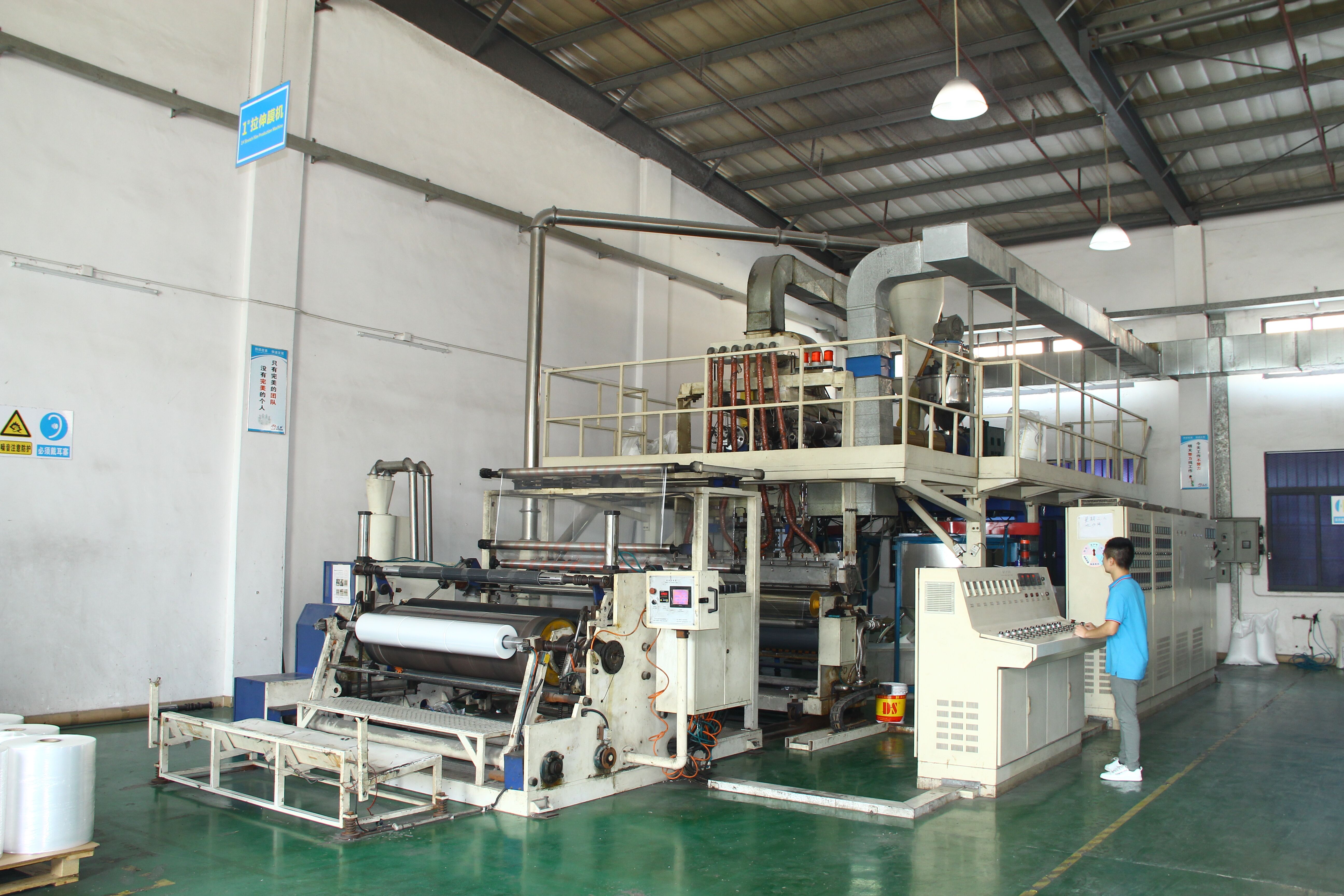I. Giới thiệu
bao bì nhựa và Phim kéo dài xảy ra là hai cái hoàn toàn khác biệt Sản phẩm điều này tạo điều kiện cho một lối sống nhất định ở nhiều ngành công nghiệp. Tấm nhựa so với Bọc — Sự khác biệt là gì? Mục tiêu của bài viết này là giúp bạn hiểu những sự khác biệt này, khi nào và ở đâu mỗi sản phẩm có ý nghĩa đối với bạn cùng với những ưu điểm và nhược điểm của nó.
ii. Thành phần vật liệu
a. Vỏ nhựa
Việc bảo quản thực phẩm và các lớp phủ tạm thời là những ứng dụng phổ biến cho màng nhựa, thường được sản xuất từ polyethylene mật độ thấp (LDPE) hoặc một loại polymer liên quan. Các vật liệu được sử dụng cung cấp độ bám dính và tính linh hoạt, cho phép màng bám vào nhiều bề mặt khác nhau, Màng nhựa đã được thiết kế với một tính năng liên tục để không ngăn cản không khí từ việc tạo ra giữa thực phẩm hoặc phía trên nó nhận được hơi ẩm làm cho quá trình ướp trở nên đặc lại. Nó cũng được làm để có thể nhìn xuyên thấu, nếu không thì các chất tạo dẻo sẽ bị loại bỏ trong các màng dựa trên PVC có thể tạo ra điểm gãy cùng với các món ăn đã chuẩn bị cho đến khi chúng chuyển sang màu vàng.

b. phim kéo dài
Lý do cho điều này là 98% màng co được sử dụng trong ngành công nghiệp ngày nay được làm từ polyethylene mật độ thấp tuyến tính (LLDPE). Màng co được thiết kế để kéo dài và trở lại ngay lập tức, tạo ra các đặc tính thiết yếu cho việc bọc và ổn định hàng hóa trên pallet; Quy trình sản xuất màng co bao gồm ép đùn, trong đó LLDPE ở dạng thô được làm nóng chảy rồi được nén qua một khuôn tạo hình mỏng. Màng này sau đó được kéo dài trong quá trình sản xuất để cải thiện độ kéo dài và độ bền kéo, trong khi các phụ gia có thể được thêm vào để tăng độ trong suốt, khả năng chống rách và khả năng kéo dài. Cuộn jumbo của máy co lại một lần nữa trên máy co. Thứ năm, nó rất phù hợp với việc kéo trước (một quy trình mà cơ học gấp đôi chiều dài ban đầu) bằng cách sử dụng chiều rộng lớn hơn khi áp dụng.
So sánh
Vải bọc nhựa nhấn mạnh an toàn thực phẩm và bảo quản, chủ yếu được làm từ LDPE (polyethylene mật độ thấp), trong khi phim kéo dài tập trung vào sức mạnh và độ đàn hồi công nghiệp bằng cách sử dụng LDPE.
Nguồn sản xuất: Vỏ nhựa được sản xuất bằng quá trình gọi là ép và thổi thành một tấm phim dính rất mỏng. Mặt khác, phim kéo dài vẫn trải qua quá trình ép tương tự trừ một bước cải tạo quan trọng thực sự kéo dài và kéo dài dung dịch dựa trên polyester này.
phụ gia: Vỏ nhựa có thể được sản xuất như hiện tại với sự giúp đỡ của hóa chất cấp thực phẩm để cải thiện tính chất rào cản và bám vào, trong khi phim kéo dài có thể chứa các phụ gia tăng tính chất cơ học của nó như khả năng chống đâm hoặc sức kéo.
Ứng dụng: An toàn tiếp xúc với thực phẩm quyết định sự lựa chọn các vật liệu và phụ gia bọc nhựa, trong khi mà phim kéo dài được thiết kế để cung cấp chứa tải và bảo vệ trong các ứng dụng đóng gói công nghiệp đòi hỏi các tấm cứng có độ bền kéo cao chống đâm khi được áp dụng xung quanh pallet một cách an toàn
iii. sử dụng và ứng dụng
a. Vỏ nhựa
Vải bọc nhựa là một vật liệu bảo quản thực phẩm và phủ kín ngắn hạn nổi tiếng. nó chủ yếu được sử dụng phổ biến trong nhà và dịch vụ thực phẩm để giữ rau hoặc các mặt hàng dễ hỏng, bằng cách niêm phong mặt hàng cùng với lớp lót nhựa polyethylene dày (thường là sọc đen).
bản chất dính của nó cho phép nó dính trực tiếp vào nắp thùng chứa thực phẩm và ngăn không khí xâm nhập / mất độ ẩm trong sản phẩm mà giữ chất lượng của nó hoặc vẫn an toàn cho tiêu thụ như là một kết quả. ngoài việc được sử dụng trên thực phẩm, bọc nhựa cũng có thể được sử dụng để bọc
b. phim kéo dài
phim kéo dài được sử dụng rộng rãi, đặc biệt là trong ngành công nghiệp đóng gói vì nó kéo dài và duy trì lực kéo. api chủ yếu được sử dụng để cuộn hàng trên pallet, ràng buộc nó theo cách mà sẽ không nghiền nát trong quá trình vận chuyển và lưu trữ.
độ kéo dài của phim cũng giúp di chuyển ra xa và trở lại kích thước ban đầu, làm cho các mặt hàng được gói kín cung cấp khả năng chống xé tốt hơn và bảo vệ khỏi môi trường bên ngoài.
các ngành công nghiệp sử dụng các ứng dụng này
Ứng dụng phim kéo dài trong ngành công nghiệp thực phẩm: phim kéo dài bọc các sản phẩm thực phẩm riêng lẻ, bao phủ toàn bộ khay thực phẩm và gói các mặt hàng nhỏ.
đối với sản xuất trong quá trình vận chuyển và lưu trữ nguyên liệu thô hoặc hàng hóa hoàn thành, mà phim này bảo vệ nội dung khỏi các yếu tố môi trường và thiệt hại.
Thương mại điện tử - phim là cần thiết để giữ cho các sản phẩm an toàn trong quá trình vận chuyển và xử lý, cung cấp một lớp đệm cũng như cung cấp niêm phong chống giả mạo.
nông nghiệp để che phủ các thùng cỏ và đóng gói các pallet sản phẩm để giữ thời tiết, ngăn ngừa dịch hại làm hỏng cây trồng vv
sử dụng chuyên môn
y học: đã được áp dụng thành công trên việc chuyển đổi bọc nhựa polyethylene để thúc đẩy điều chỉnh nhiệt ở trẻ sơ sinh sớm sau khi sinh, cho phép điều chỉnh tốt hơn nhiệt độ cơ thể.
xây dựng: như trong sản xuất xây dựng, kéo bọc có thể được sử dụng để bảo vệ các sản phẩm như một pallet gạch do đó tạo ra vật liệu cho dự án xây dựng của bạn bằng cách quay cảnh quan này.
iv. chức năng
a. Vỏ nhựa
rõ ràng, bao bì nhựa phục vụ nhiều mục đích;
rào cản: Baru cung cấp như là một rào cản đối với một số khí và độ ẩm có thể bảo vệ độ tươi của thực phẩm.
niêm phong: khi được sử dụng với các thùng hoặc vật phẩm phù hợp, bao bì nhựa có thể tạo ra một niêm phong có lợi cho việc bảo quản thực phẩm.
b. phim kéo dài
Tính năng phim kéo dài được thiết kế theo các yêu cầu công nghiệp:
ngăn chặn chuyển tải: vai trò chính của việc ngăn chặn tải là giữ các sản phẩm được đặt trên pallet ở một nơi trong khi chúng được vận chuyển.
an ninh và ngăn chặn trộm cắp: bọc kéo dài giữ an toàn tải, làm cho việc loại bỏ các mặt hàng mà không bị phát hiện rất khó khăn.
v. tác động môi trường
a. Vỏ nhựa
vì nó được sử dụng rất nhiều và thường bị vứt đi sau một lần sử dụng, những tác động môi trường của bao bì nhựa cũng đáng lo ngại.
tính dẻo dai: bao bì nhựa truyền thống không phân hủy sinh học và nó có thể tồn tại hàng trăm năm mà không bị phân hủy.
giải pháp tái chế: có rất ít chương trình tái chế bao bì nhựa, nhưng một số cộng đồng có bộ sưu tập phim nhựa bên kề (một loại chất thải bao bì mềm linh hoạt).
b. phim kéo dài
Những thách thức của phim kéo dài việc sử dụng phim kéo dài cũng đặt ra các vấn đề môi trường: · nó không phân hủy sinh học, vì vậy bạn chỉ muốn sử dụng những gì chính xác ai cũng muốn và chăm sóc để lưu trữ nó hiệu quả
tác động môi trường: lượng lớn cần thiết của ngành công nghiệp chuyển thành tiềm năng ô nhiễm nhựa tăng nếu bị lãng phí hoặc không tái chế.
cho tính bền vững: nỗ lực bền vữngcó một động lực dứt khoát để sử dụng các vật liệu bền vững hơn và cải thiện các phương pháp tái chế cho phim kéo dài.
vi. so sánh chi phí
Vỏ nhựa và phim kéo dài có giá khác nhau vì cách chúng được sử dụng, nhưng cũng là tính chất vật liệu cụ thể của chúng.
a. giá của bao bì nhựa
Vải bọc nhựa thường là một trong những giá cả phải chăng hơn, điểm giá có thể thay đổi rất nhiều tùy thuộc vào số lượng và loại bạn mua.
b. giá của phim kéo dài
Mặc dù có giá hơi cao, màng co thường đắt hơn màng bọc pallet vì nó được làm từ vật liệu công nghiệp và có độ bền đáng kể.
Cuối cùng, trong khi bọc nhựa và phim kéo dài có vẻ ngoài tương tự nhau, chúng có các sử dụng riêng biệt với các phẩm chất liên quan đến mục đích độc đáo của chúng. do đó, điều quan trọng là phải hiểu những khác biệt này để đưa ra lựa chọn sáng suốt hơn cho các vật liệu chúng ta chọn cả trong nước và công nghiệp.


